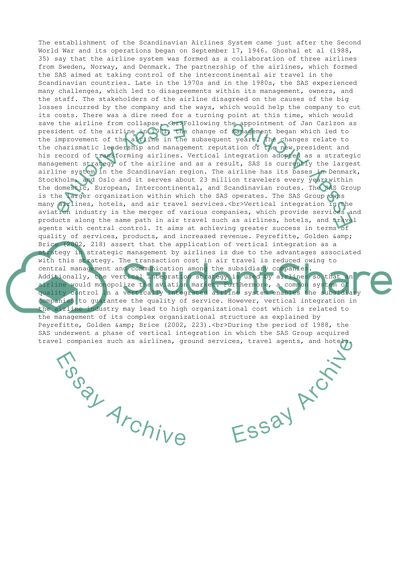Cite this document
(“Vertical Integration: A Case Study of Scandinavian Airline System in Essay”, n.d.)
Vertical Integration: A Case Study of Scandinavian Airline System in Essay. Retrieved from https://studentshare.org/business/1437867-strategic-management-vertical-integration-case
Vertical Integration: A Case Study of Scandinavian Airline System in Essay. Retrieved from https://studentshare.org/business/1437867-strategic-management-vertical-integration-case
(Vertical Integration: A Case Study of Scandinavian Airline System in Essay)
Vertical Integration: A Case Study of Scandinavian Airline System in Essay. https://studentshare.org/business/1437867-strategic-management-vertical-integration-case.
Vertical Integration: A Case Study of Scandinavian Airline System in Essay. https://studentshare.org/business/1437867-strategic-management-vertical-integration-case.
“Vertical Integration: A Case Study of Scandinavian Airline System in Essay”, n.d. https://studentshare.org/business/1437867-strategic-management-vertical-integration-case.


